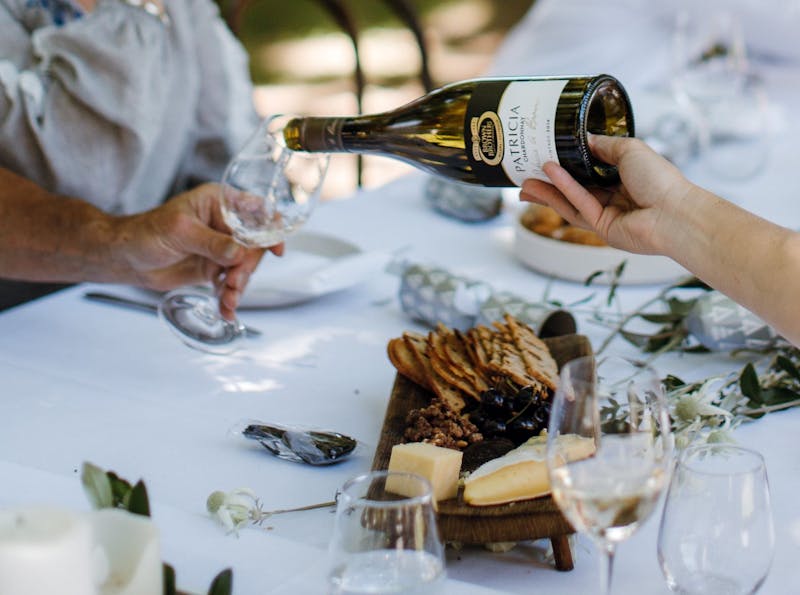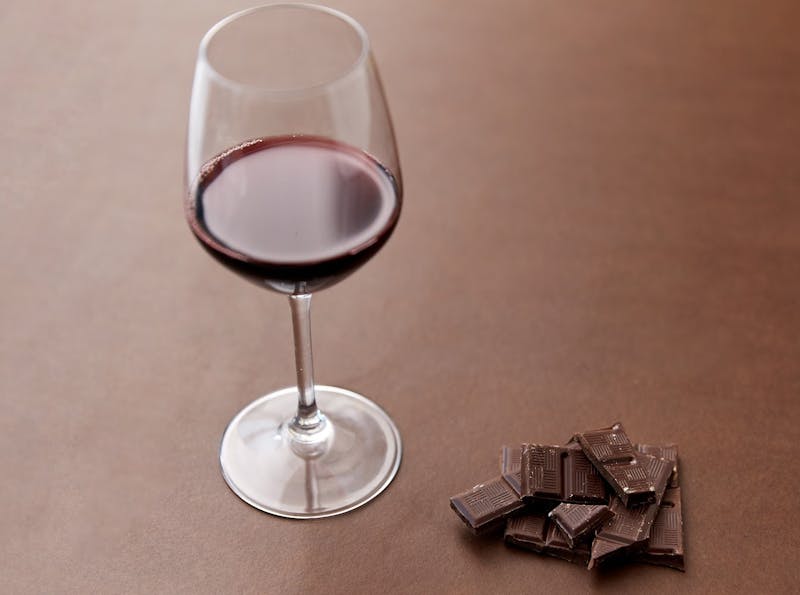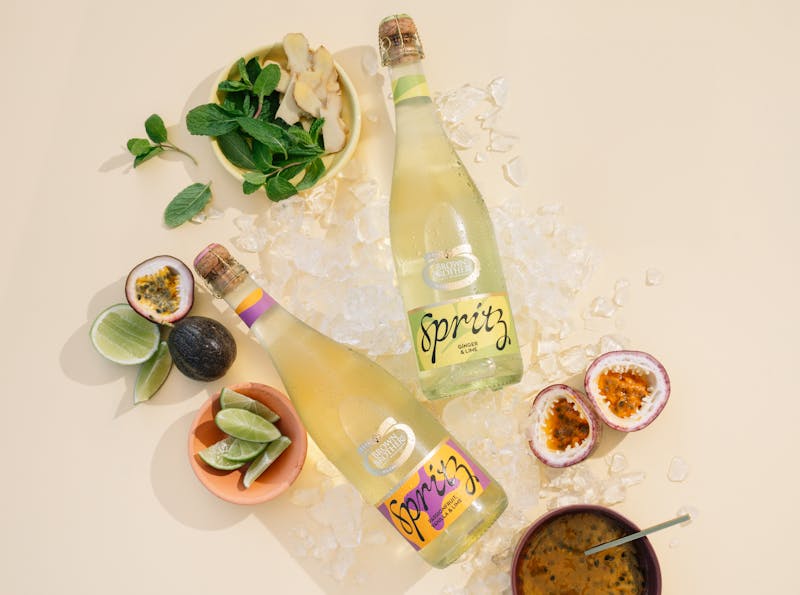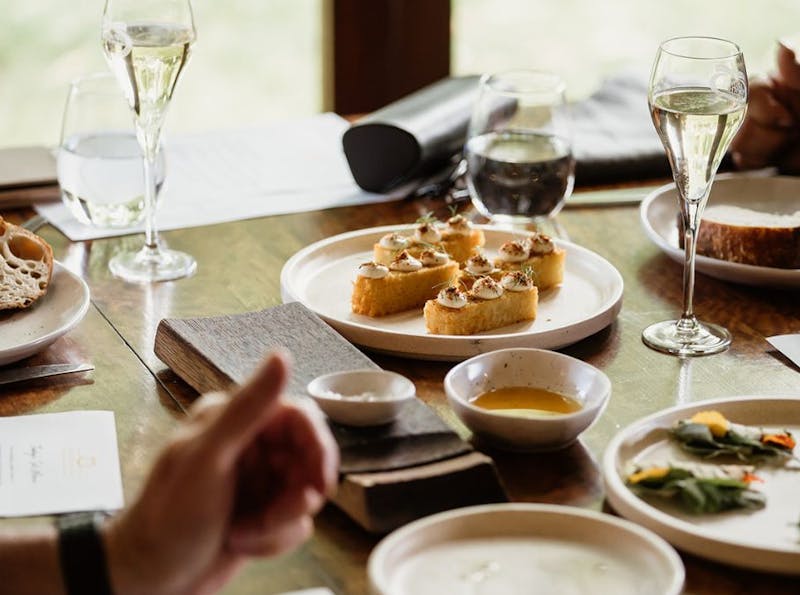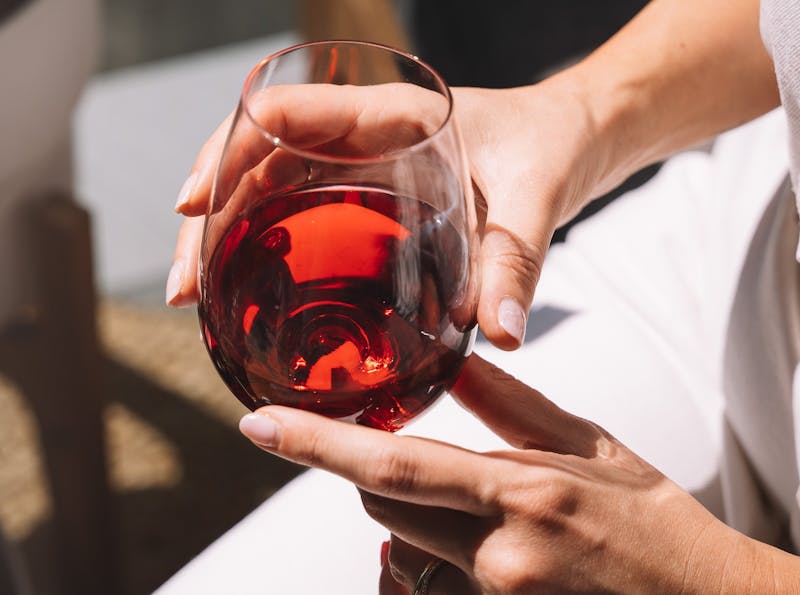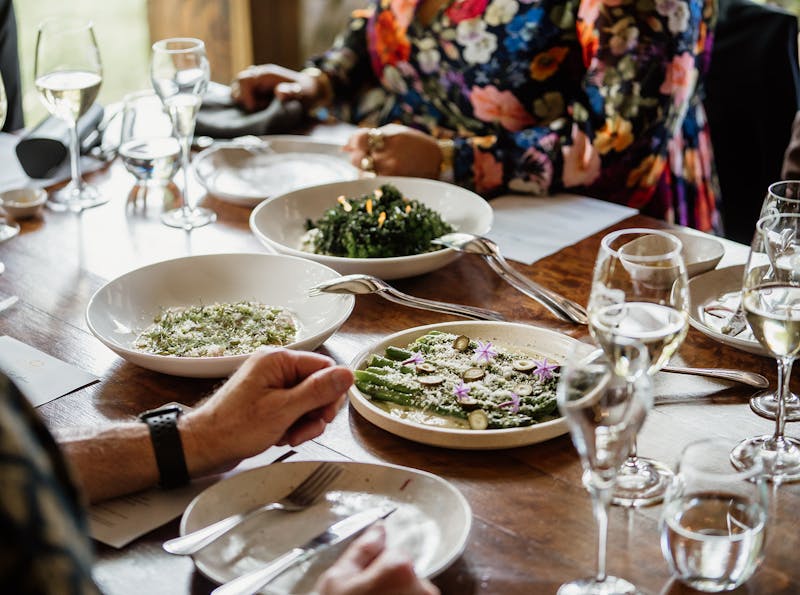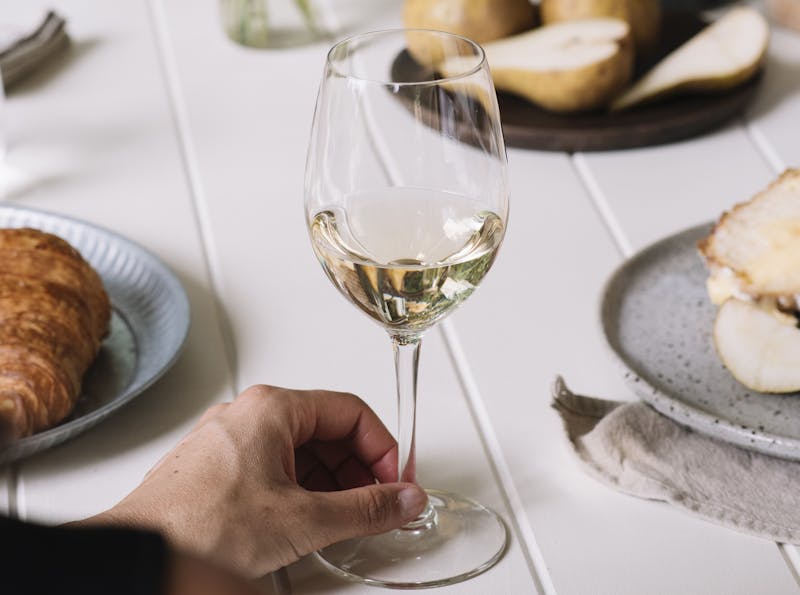Wine Education
10 fun facts about Rosé to uplift and inspire
Fri 21 June 2024
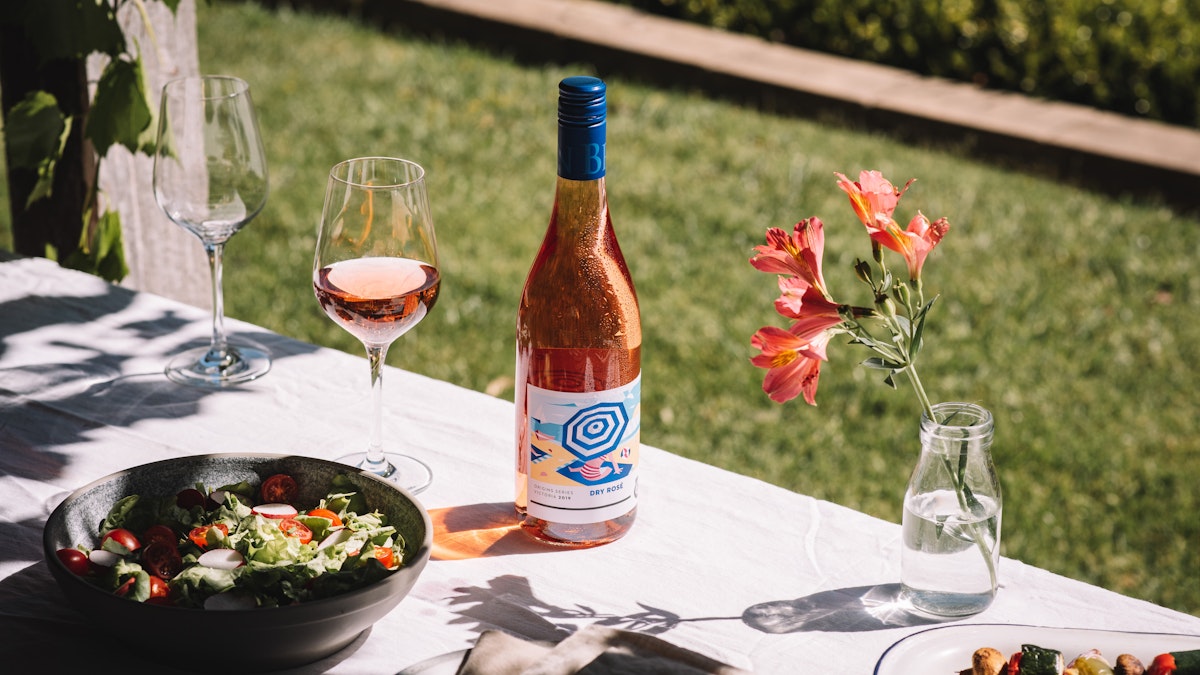
Who doesn’t love a cheeky glass of Rosé from time to time? A bona fide chameleon and all-round good timer, Rosé is an ultra-refreshing wine that never fails to delight.
From bone-dry drops to fresh ‘n’ fruity styles, from still to sparkling and from deepest fuchsia to the palest salmon pink, we know one thing for sure: Rosé isn’t afraid to express itself.
But what does Rosé wine actually taste like, and just how many darn styles are there? Dive into our 10 fun facts about Rosé to discover all this and more.
1. Modern Rosé dates back to the Middle Ages in France
Like many famous wines – Chardonnay and Sauvignon Blanc, for example – Rosé began its evolutionary journey in France. While the first recorded Rosés date back to Ancient Rome and Greece, Rosé wine came to prominence in the Middle Ages in the Bordeaux, Champagne and Provencal regions of France, where many monks produced Rosé as a revenue source to fund their abbeys.
Is Rosé thus imbued with an element of the divine? We’ll let you be the judge.
2. The holy trinity: three different winemaking methods produce Rosé
Remember these words: saignée, vin gris and maceration. Rosé is almost always produced from red grape varietals, so keep this in mind too.
Saignée refers to the ‘bleeding’ process during the fermentation of red wine, where around 10% of the juice is bled off as the wine ferments. This juice is then fermented separately to produce a rich and darkly-coloured Rosé.
The Vin Gris method presses the red wine grapes before (or sometimes shortly after) they have time on skins. This process produces pale-pink Rosés like those you find in Provence.
Maceration is the most popular method used today. After pressing, grapes stay in contact with their skins until a pale pink colour is achieved, when they’re promptly separated.
And that’s it! We'll give you a moment to savour a glass of Rosé while you recover.
3. Like any wild child, the taste of Rosé wine varies wildly
And you’re back!
As you might expect, the taste of Rosé varies greatly depending on the region and winemaking style. Bone-dry Rosés are very popular, with notes of strawberry and citrus and a savoury finish. Semi-sweet versions produce riper berry and fruity notes, while sweeter New World wines such as White Zinfandel lean into those candy and exotic fruit flavours.
4. Rosé wine is a global thing
Today, many countries around the world produce Rosé, from Australia to Portugal to wealthy Long Island in the States. The three main producers, though – France, Spain and Italy – have different names for the wine. Rosé is the French name, while Spain calls Rosé Rosado and Italy calls it Rosato.
5. The colour of Rosé - it’s kinda technical
See that pale salmon-coloured wine on the shelf beside a wine whose hue borders on ruby red? Chances are they’re both Rosés. Indeed, the colour of Rosé varies greatly, but it’s all rather sciency. So we’ll keep it brief.
Essentially, the colour of red wine comes from the skin. The phenolics in the skin, specifically, called anthocyanins. These phenolics can produce either a clear, red or blue liquid. It’s the winemaker’s job to extract this compound from the skin at exactly the right time during maceration to produce a Rosé wine of their chosen hue.
Somehow blue Rosé just isn’t as appealing.
6. There are a bunch of grapes used to make Rosé
Strap your learning hat on again – we're about to bombard you with facts of the delicious, vinous kind. Around the world, many red grapes varietals are used to produce Rosé. The main ones? Grenache, Sangiovese, Carignan, Cinsault, Pinot Noir, Syrah and Mourvèdre. Try saying that three times quickly.
7. The alcohol content of Rosé wine is lower than most, higher than some
Whereas many red wines clock in at around 14% ABV (that’s alcohol by volume), the average alcohol content of Rosé hovers at around 12%. Wines like Moscato, on the other hand, generally sit between 5-7% ABV.
8. Rosé pairs perfectly with a range of food
Whether you love seafood or despise it, indulge in rich desserts and bountiful charcuterie boards or steer well clear, you’re sure to find a style of Rosé to suit your preferred food group (or indeed the other way around).
Pair a dry Provencal-style Rosé with spanking fresh seafood or a watermelon and berry fruit plate. Medium dry Rosés are a hit with spicy Asian-style dishes, while sweeter, fruitier wines prefer a rich cheese board or a square (let's be real, a block) of dark chocolate.
9. Rosé is cool, ageing Rosé isn’t
Faux pas: they happen to the best of us. So let’s avoid committing a wine faux pas of the highest order by requesting an aged Rosé from your local bottle shop, or – more shamefully still – a suave sommelier. Rosé is best enjoyed young and fresh, aged rarely and cellared almost never.
It’s a relief, really. Cellaring wine takes so much patience.
10. June 22 is International Rosé Day!
We’ve never met a wine holiday we didn’t like – and we’ve met a few. So naturally we’re raising our glasses to International Rosé Day on the 22nd of June. Don’t be put off by the depths of Australian winter. Rosé is great any old time, from debaucherous dinner parties to reclining by the fire.
We’ll be reaching for our citrusy Brown Brothers Origins Series Dry Rosé, or perhaps our imminently quaffable Innocent Bystander Rosé. Of course we wouldn’t say no to a glass of our popular Devil’s Corner Pinot Noir Rose either. Don’t ask us to pick our favourite child, it really isn’t fair.
Whichever Rosé you choose, happy International Rosé Day! Though really, who needs an excuse to wine down?


